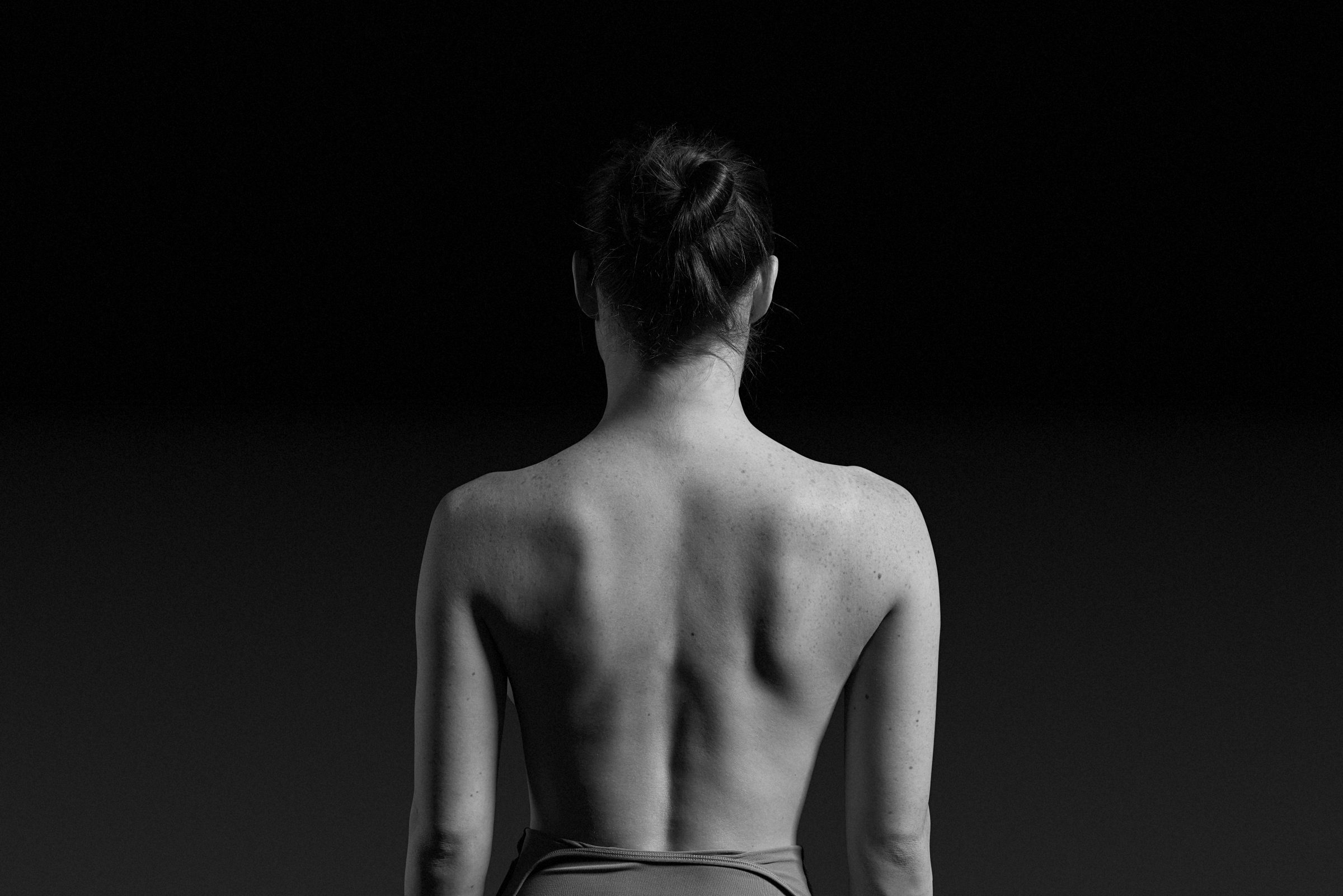Suite 3, Ground Floor, The Gateway,
312 St Kilda Road, Southbank, VIC, 3006
Angel Wings

A Dancer is continually working to achieve perfect posture and elegant lines.
Winging shoulder blades are a common problem among dancers and are more commonly referred to as angel wings or chicken wings.
This postural variation is often caused by weakness of the scapular (shoulder blade) muscles and shoulder girdle stabilising muscles. Although angel wings are often not painful, it is important to address the issue sooner rather than later, as it may increase the likelihood of developing overuse shoulder conditions such as shoulder impingement or instability. For dancers who weightbear through their arms (e.g. male dancers lifting their partners, commercial dancers performing acrobatics and tricks) it is crucial that the shoulder muscles are strong to prevent injury.
Essential Biomechanics of the Shoulder
The shoulder girdle is comprised of the acromioclavicular joint, scapulothoracic joint and the glenohumeral joint. The glenohumeral joint, a ball and socket joint, is created by the shallow joint surface (“socket”) of the scapular in which rests the humeral head (“ball”). This allows the shoulder to move in large arcs of movements but it is with this increased joint mobility that stability is sacrificed. Therefore, it is important to strengthen the muscles that stabilise the scapulae on the rib cage to create a stable foundation for the glenohumeral joint to move on.Importantly, this also corrects chicken wings or angel wings.
The shoulder girdle is complex and thereby requires both stabilising and force producing muscles to ensure it functions at the high level required for a dancer. The large muscles that produce strong, powerful movements include the pectorals, latissimus dorsi and trapezius. The smaller, stabilising and control muscles include the rotator cuff (supraspinatus, infraspinatus, subscapularis, teres major) and serratus anterior muscle. Angel wings often appear when there is an imbalance in muscle recruitment and activation of these larger and smaller muscle groups.
Which Exercises Should I Do?
There are many ways to strengthen your scapular stabilising muscles.
Below are some basic exercises to assist in correcting your angel wings.
If you are experiencing any pain or are concerned that these exercises are not for you, it is important to consult your physiotherapist who can provide you a specific programme.
Prone Scapular Retraction
- Lie on your stomach, facing down to the floor. You may wish to roll a towel and place it under your forehead to make yourself more comfortable.
- Keep your arms by your side and slowly glide your shoulder blades up, wrapping them around the back of your rib cage.
- Slowly lower them back down.
- Repeat two or three sets of 10.
Rotator Cuff Strength
Internal Rotation
- Tie a low-grade strength (typically yellow, red or green) exercise band to something sturdy.
- Stand or sit so you are perpendicular to the exercise band and hold on with the hand closest to it (the band it should be on the outside of your body).
- Set your shoulder blade into position by rolling it up and back (similar to the exercise above). This will create a good scapular foundation for movement of the gelnohumeral joint.
- Slowly pull the band across your body, maintaining your shoulder blade position.
- Slowly return to the starting position.
- Repeat two or three sets of 10.
External Rotation
- Once you have finished, keep holding the exercise band with the same hand and turn 180° to face the other way (the band will now be across your body).
- Repeat the above exercise, this time pulling the band away from your body.
Exercise Band Row
- Tie your exercise band to a something sturdy so that both ends are free.
- Sit facing the band holding one end in each hand.
- Set your shoulder blades into position by rolling them up and back.
- Pull the band towards you maintaining your shoulder blade position. Try to avoid moving your trunk while you do this.
- Repeat two or three sets of 10.


